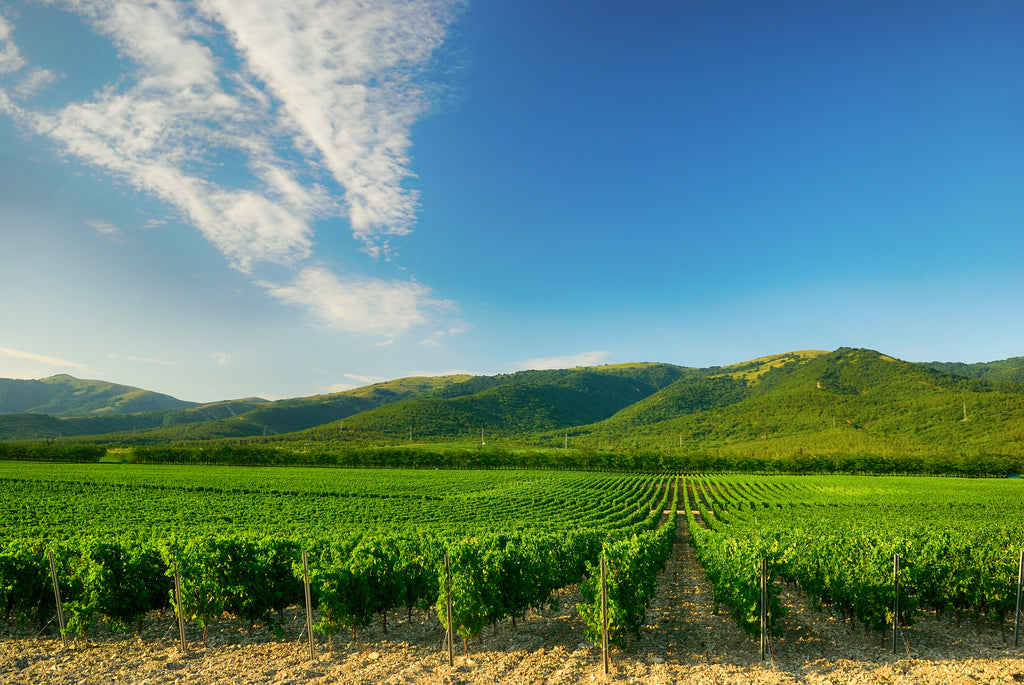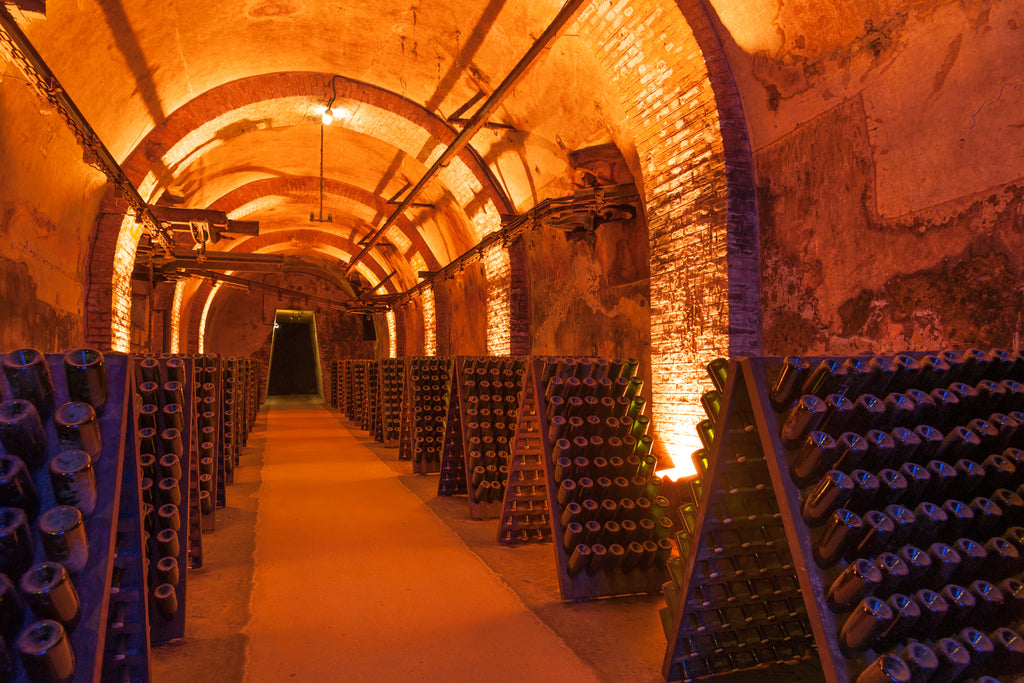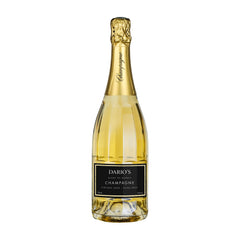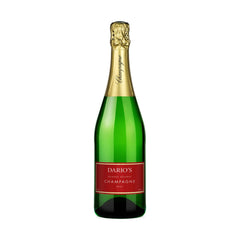Champagne is one of the most expensive drinks in the world. This is precisely why it is a symbol of exclusive enjoyment on very special occasions. For example, a bottle of the legendary 1907 Heidsieck champagne is said to cost a whopping 200,000 euros. But even cheaper champagne varieties often stand out due to their price compared to noble drinks. Is this all just good marketing or are there a few more reasons why champagne is so expensive? There are now 7 exciting facts.
Champagne can only be produced in very limited quantities
- The grapes of champagne are only allowed to come from a very limited growing area in French Champagne. Between 1927 and 2008, this comprised an area of just 33,500 hectares. For this fact alone, the amount of champagne that can be produced annually is severely limited.

- Champagne may only be made from very specific grape varieties. These varieties include: Pinot Noir, Pinot Meunier, Chardonnay. Theoretically, the grape varieties Arbane, Petit Meslier and Pinot Blanche are still allowed for the production of champagne. However, as a result of the phylloxera crisis of the 19th century and severe frost damage, these almost completely disappeared from the strictly limited cultivation area by the mid-1950s. This fact makes the vintages before 1956 of these grape varieties particularly valuable.
- In addition, winemakers are subject to additional yield restrictions, since the champagne must not fall below a fixed plant density during production. Since 1983, it has been stipulated that 102 liters of must must contain at least 160 kilograms of grapes. For this reason, the winemakers must also observe very special requirements with regard to the assemblage of champagne.
Champagne is particularly complex to produce
- Only grapes that have been harvested by hand and not by machine may be used for the champagne. These must also be pressed in a particularly gentle way immediately after harvest.

- In addition, a minimum time is prescribed for the storage of the champagne on the yeast and the secondary fermentation in the bottle.
- While the transit method to remove the yeast is allowed for Crémant and sparkling wine, this is forbidden for champagne.
- The high-priced champagne varieties and vintages in particular often have a very special story with them. For example the legendary 1907 Heidsieck champagne, which changed hands for a purchase price of € 200,000 per bottle. 2,000 bottles were stored directly in the water at 4 C ° for 82 years. And that in a wreck of the Swedish cargo ship "Jönköping" that sank during the First World War. It was only recovered in 1998.
This means that champagne can only be produced in very limited quantities and under particularly demanding conditions with long storage times. This fact alone makes the champagne something very special. If there is an exciting history or unique occurrences, certain types of champagne and their vintages become exclusive rarities of a very special kind.
As clear and pure as a diamond
Our in-house DARIO'S champagne is a real taste experience even for the most discerning palate. Its Chardonnay grapes come from limestone and clay vineyards in Barbonne Fayel in northern France and come from the first pressing of the first harvest in 2008. It appears in a bright , clear gold with a powerful pearly head. At first, the nose is very delicate, with a fine note of ripe peaches and white flowers. But then it reveals itself in a full-bodied aroma of dried apricots and fresh pineapple to a perfect bouquet. With a gentle tingling sensation, it glides over the palate, harmonizing with the nose. Our champagne will take you on a true adventure for all the senses.
Written by Dirk Auberlen
The Champagner Collection
DARIO'S Blanc De Blancs Champagner Vintage 2008, 0,75 L
€ 115,00
DARIO'S GRANDE RÉSERVE CHAMPAGNER FROM FRANCE, 0,75L
€ 39,00




